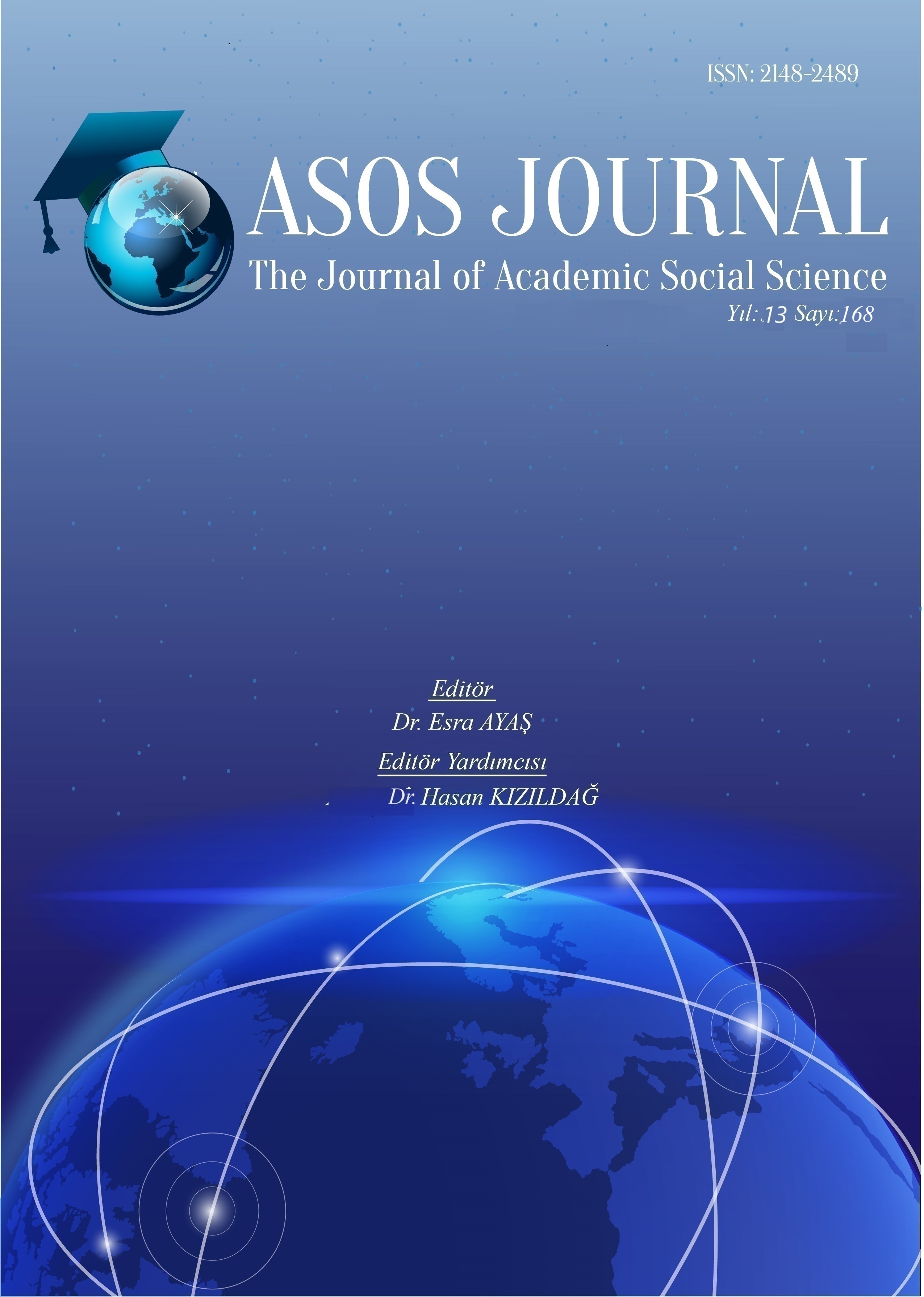Author :
Abstract
Koda'nın paradoksu, zorunlu bir form bölümü olmamasına rağmen, genellikle eserin ana bölümlerinden birini temsil etmektedir. Bunun nedeni, eserin ana fikirlerinin kodada özetlenmesidir. Ayrıca, form ne kadar büyük ve içindeki kuvvetlerin çarpışması ne kadar dramatik olursa, kodanın kompozisyonu da o kadar geniş ve ilgi çekici olur. Bu nedenle koda, müzik eserinin ana fikirlerini özetlemenin merkezi haline geldiği geç klasikçilik ve romantizm döneminde önemli ölçüde gelişmiştir. Koda'nın yapısı ve yapısal bileşimi, formun diğer bölümlerinden farklıdır. Genellikle kendine özgü araçlar kullanır. Böylece, koda yapısal izolasyonu, doku değişikliğini, tematik genellemeyi, tematik malzemenin özetlenmesini, motifsel olmayan "genel" hareketi, tonal ağırlığı ve ritmik yapıların özgünlüğünü karakterize eder. Bu makalede, amacı koda'yı diğer bölümlerden ayıran ifade biçimlerini belirlemek olan bu faktörlerin tümünü dikkate alınmaktadır. Bu çalışmada, kodaların incelemesi farklı dönem ve türlerden oluşan eser örnekleri üzerinden yapılmaktadır.
Keywords
Abstract
The paradox of the coda is that, while it is not a mandatory form section, it often becomes one of the main parts of the work. The reason for this is that the main ideas of the work are summarized in the coda. Moreover, the larger the form and the more dramatic the clash of forces in it, the coda is more comprehensive and interesting the composition of the coda is. For this reason, the codas developed significantly and expanded in the period of late classicism and romanticism, when the coda became the center of summarizing the main ideas of the musical work. The structure and structural composition of the coda are different from other sections of the form. It often uses tools that are unique to it. Thus, the coda characterizes structural isolation, change of texture, thematic generalization, summing up of thematic material, nonmotive «general» movement, tonal gravity, peculiarity of rhythmic structures. All these factors are considered in this paper, the aim of which is to establish those means of expression that distinguish the coda from other sections. Their study and generalization are done through the analysis of the codas of works from different eras and genres.





